Photographing Marilyn: 'Lovemaking With the Lens'
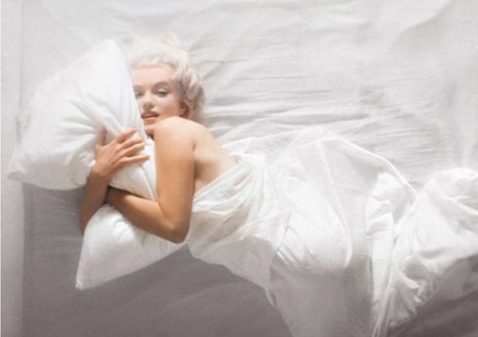
In fall 1961, Marilyn Monroe was asked by Look magazine to pose for its 25th-anniversary issue. "The question we asked her was, How would you like to be remembered 25 years into the future?" recalls photographer Douglas Kirkland, who was then 27, had grown up in a Canadian town of 7,000, and would soon be "dazzled" by the 35-year-old Monroe.
"Her reply," Kirkland told ABC News, "was to invent the shoot. She said, 'We should have a bed and a white silk sheet. It must be silk. And I want Dom Perignon champagne and a Frank Sinatra record playing.'"
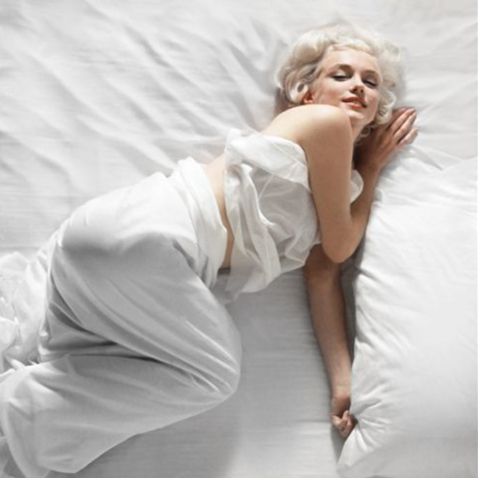
The photographer and his subject met three times in California. For Kirkland, it was like meeting "three diabolically different individuals."
The first Marilyn was "like the girl next door. We went to her apartment; it was surprisingly modest in many ways, like a large deluxe hotel room, with a kitchenette at one end. It was as if she was trying to hide out, and so we were taken there and told to never say where this was.
"She was attractive but she could have been my sister. She spoke with ease, she was disarming. I was expecting to see the star I had seen on my local cinema when I was a kid."
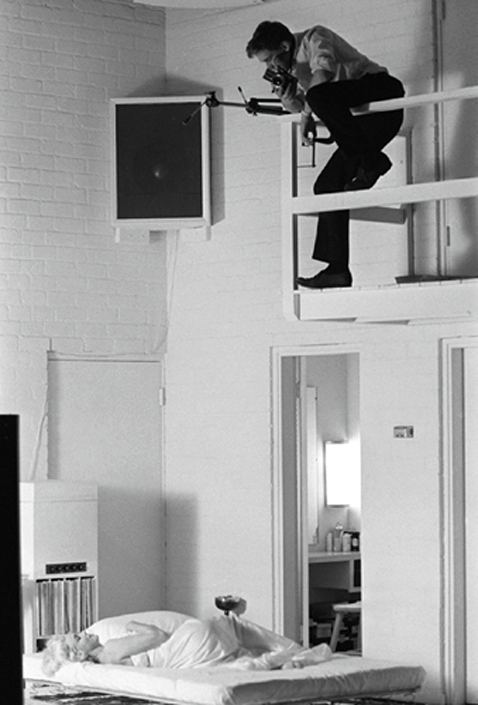
On the night of the shoot, Kirkland would meet the seductress. In a rented studio on Santa Monica Boulevard, he and the journalist were ready. "She was famous for being late. The Dom Perignon was on ice, Frank Sinatra was ready, we had the white silk sheet, I was rehearsing and going into position, and no Marilyn.
But a couple of hours later, a sound at the other end of the studio alerted him to her entrance.
That evening, "I saw Marilyn Monroe in full magnitude. Everything seemed to go in slow motion. She didn't walk, she seemed to float. She had a glow to her. It was as if she was from another world. This was who she had learned to create."
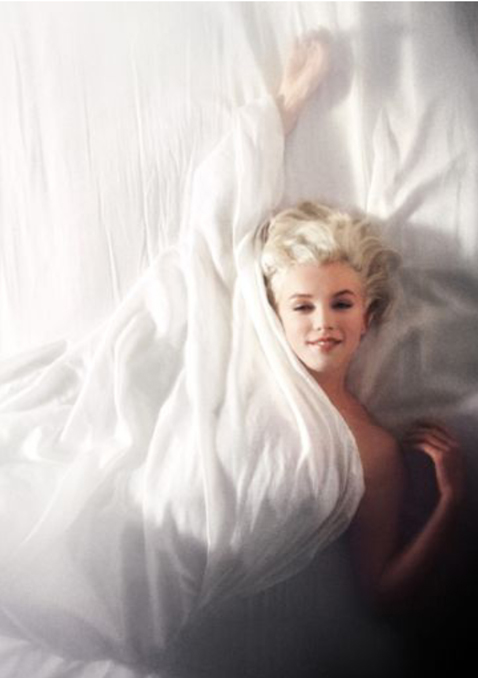
"I started taking pictures and I didn't' say, 'Marilyn, turn this way, turn that way,' as I might have with someone else. I said things like, 'Marilyn, you have such radiance.' This is love talk. It's a form of seduction. It was lovemaking with the lens.
"At a certain point, she said, 'I'd like to be alone with this boy. I find it usually works better that way.'
"A couple minutes later, I heard the door click."
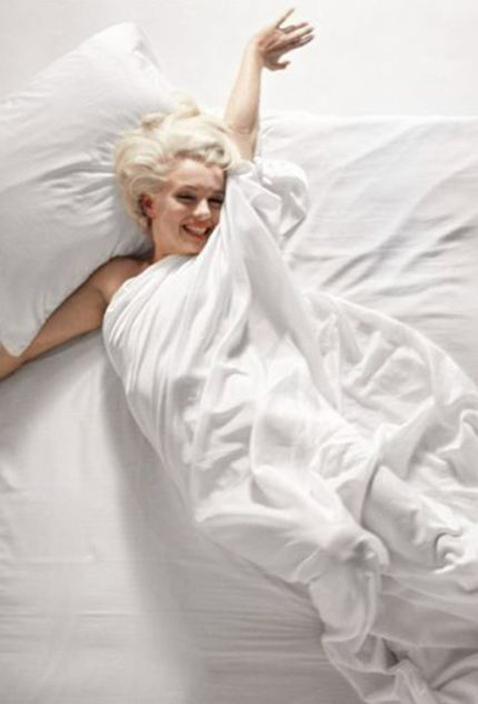
"It became very sexually charged and at one point she said, 'Why don't you come down here?' And I went down and I was now within arm's reach of her, taking close-ups. At a certain point she asked me to come into the bed."
Afterward, friends would ask Kirkland why he didn't take the gorgeous seductress up on her offer. He chose to pour the highly charged sexual tension into the photographs.
"I put my head down into the camera, I was talking fast, acting like I didn't understand.
"We were both on the edge, I can't say it any more clearly than that. Part of the success of these images is that sex really went into the camera."

The shoot lasted from 9:30 in the evening until about 1:30 the next morning. Kirkland returned to his room at Chateau Marmont in West Hollywood. "We were in love at the end of the shoot. I couldn't sleep, I was so buzzed."
The next afternoon he returned to her apartment to show her the photographs. That's when he met the third Marilyn. "The door opened a crack, six or seven inches, and she was wearing dark glasses and had a scarf on her head. The room was dimly lit. We can only imagine what may have happened, what phone call there may have been, now that we know some of the complexities of her life. This was the dark Marilyn."
Once they began looking at photographs, the mood lightened and Monroe turned out to be adept at picking images. When they came to "the classic, her hugging the pillow," she told Kirkland, "'This is the kind of girl that any man would like to be in bed with, even a truck driver would like to be in that bed with that girl.' That to her was the highest compliment. Perhaps she trusted real people more than some of those she had aspired to be with and had been with and maybe had been disappointed with."

Ultimately, Monroe seemed pleased with the photographs, and she and Kirkland talked about more shoots.
"But my career was moving very quickly at Look, and that summer I was sent to Paris to do a story on Coco Chanel. One particular afternoon, I went back to my hotel and passed newsstands, 'Marilyn Est Morte.' My Marilyn? I thought. I was stunned.
"I thought, We won't have that shoot, Marilyn. It was like our love had been severed."
"An Evening With Marilyn: Photographs by Douglas Kirkland" is currently on exhibit at the Westwood Gallery in New York City.